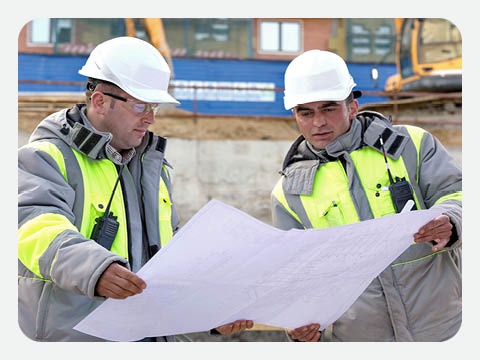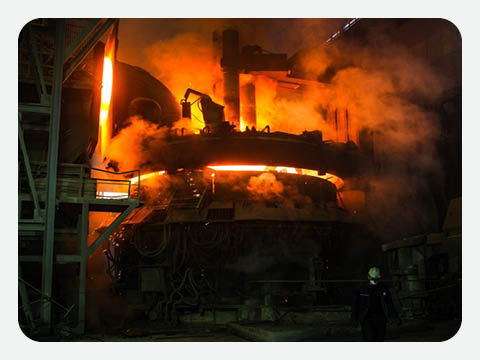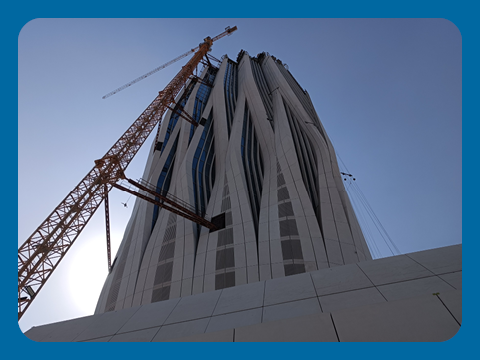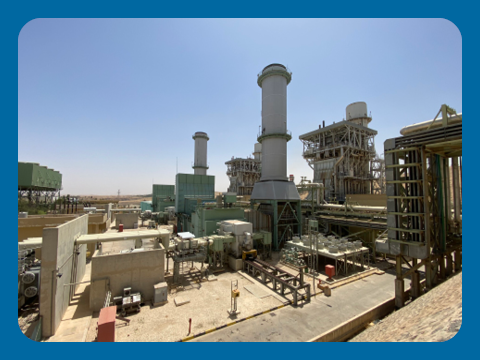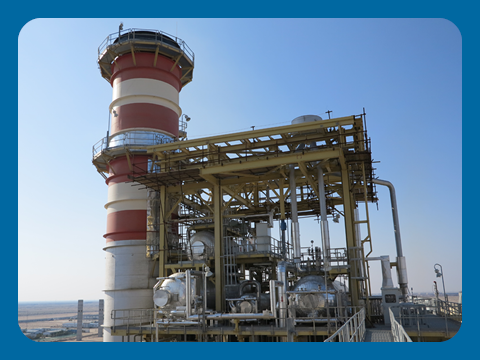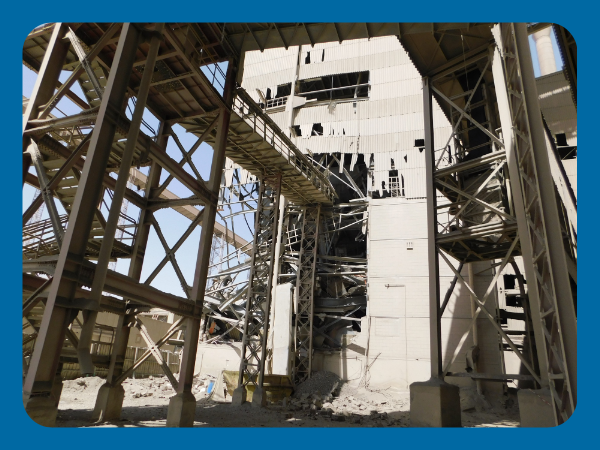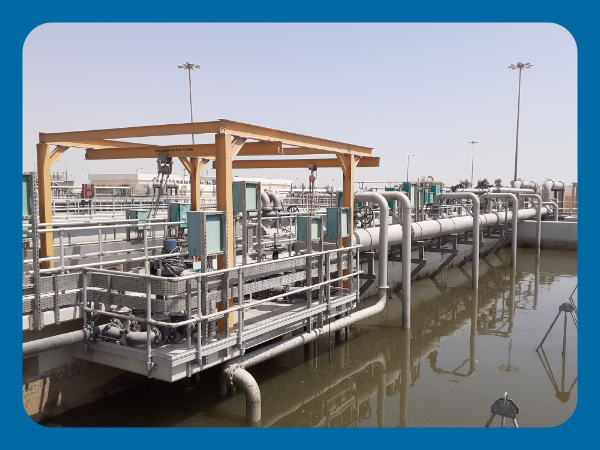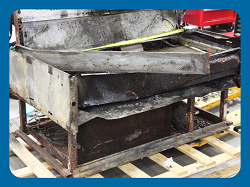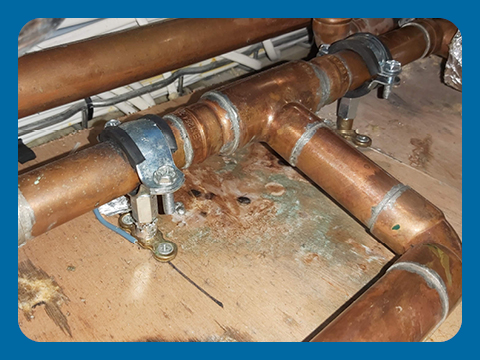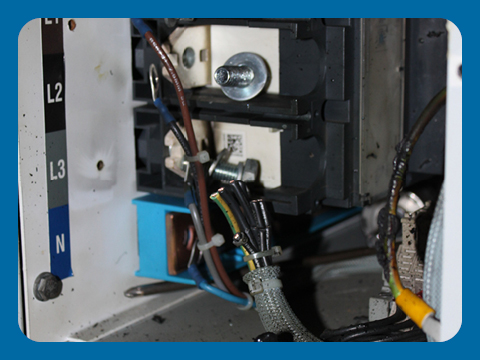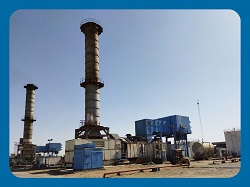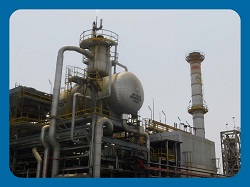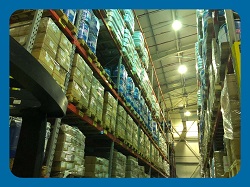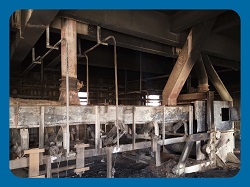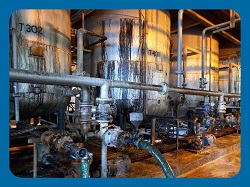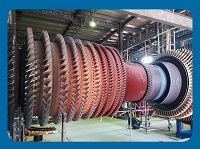To help combat flooding, several projects were initiated in 2016/17 across the old sections of a Middle Eastern bustling capital. The general scope of these works the design and construction of more efficient drainage network using larger perforated pipes, swale, and surface storage channels.
During the execution of these projects, multiple liability claims for damage to underground services were reported. These claims involved damage to electrical cables of different voltage ratings, water lines of different sizes and other data and video signal cables. In all cases, related authorities in the country (electric, water and communication) responded and affected repairs as required. The cost of these repairs was in the hundreds of thousands of dollars and caused the insurers to question the adequacy of the method statement used in the projects and whether new ways to manage the risk on these projects are needed.
Expert Involvement
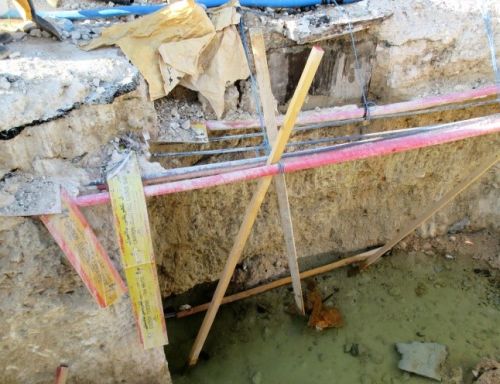 CEERISK was asked to conduct an engineering investigation and analysis of the claims resulting from damage to underground services.
CEERISK was asked to conduct an engineering investigation and analysis of the claims resulting from damage to underground services.
CEERISK experts were able to visit some project sites; however, due to a number of circumstances, only a limited number were actually available to survey. Most projects were either concluded or had no active excavation site to inspect. To overcome this challenge, which limited the amount of current information available to investigate these claims, our engineers conducted their investigation through a variety of techniques including detailed analysis of design specifications and drawings, engineering analysis of contract documents, review of applicable local codes, regulations and international standards.
Our engineers also conducted extensive interviews with the loss adjusters who investigated the majority of the claims and project engineers who conducted their own internal investigations following every incident of damage to underground services.
Bridging the Gap
Based on the comprehensive investigation carried out by CEERISK, our experts ascertained certain facts about each incident. This revealed that damage incidents occurred consistently throughout the life of the projects and involved a number of different contractors at different locations around the capital city. More losses were reported at certain locations in parts of the city that were congested and involved older services.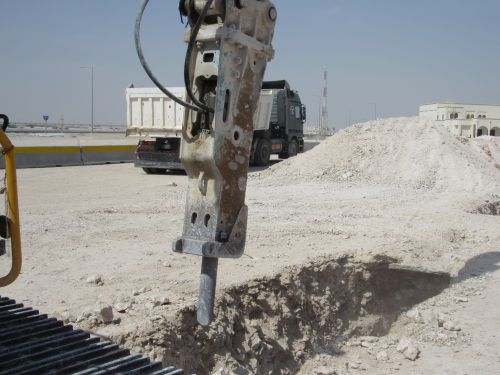
It was concluded that multiple contributing factors, consistent across all work locations, contributed to the high loss rate. Among those was the fact that the method statement specified in the contract and the cited local codes and regulations were not consistently or accurately applied. Record drawings that were meant to be general guidelines for the location of underground services were actually treated as exact location plans. Workers who were assigned to excavation works did not carry out consistent site investigations before commencing work, resulting in damage to services occurring at multiple times. Devices used to identify the location of services were not correctly used and had limitations that were not accounted for by excavation supervisors at the site. Our experts also observed that once services are exposed, they were not properly marked as required by local regulations, and instead excavation works continued with minimal protection.
More importantly, CEERISK experts determined that though method statement and local regulations prohibited the use of mechanical excavators around services, it was impossible for contractors to break through the rocky soil where services were to be laid. In some locations around the city, it was impossible for contractors to effectively rely on hand tools as required by the method statements in accordance to local regulations. CEERISK experts recommended instead the careful use of pneumatic and hand-held power jack hammers under strict conditions and with careful guidance.

